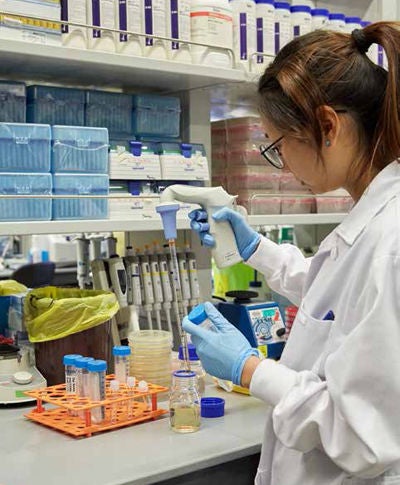
>>> Typically, patients would take antibiotics for around 72 hours, or three days, before their culture test results are out.
A study finds that taking some patients off antibiotics after 24 hours, instead of the usual 72 hours, did not compromise their safety.
When patients are admitted to hospital for a suspected infection, they are often given antibiotics while undergoing tests to determine the cause of their fever.
Test results take about 72 hours, and a decision is then made to stop or continue with the antibiotics. Till then, the patients continue to take their antibiotics. But taking a course of antibiotics for a viral infection can do more harm than good. Antibiotics cannot treat a viral infection, and patients may suffer the effects of a strong drug upsetting the balance of the bacteria in the gut, such as diarrhoea, or worse, liver and renal problems.
More importantly, overusing antibiotics can lead to the development of antibiotic-resistant bacteria. For those reasons, Singapore General Hospital (SGH) began reviewing the use of antibiotics within 24 hours of prescription, instead of the usual 72 hours.

>>> Associate Professor Andrea Kwa (left) and Dr Jasmine Chung are part of the team involved in the study to evaluate the clinical outcomes and safety of taking patients off antibiotics early.
“Bacterial resistance to antibiotics is associated with the length of antibiotics use. Overusing and misusing antibiotics allow the development of antibiotic-resistant bacteria,” said Associate Professor Andrea Kwa, Assistant Director (Research), Pharmacy, SGH.
“When that happens, easily treatable illnesses such as urinary tract infection become difficult to treat, leading to longer hospital stays, larger medical bills, and higher risk of death. One way to avoid the problem is not giving antibiotics to patients who clearly do not need it.”
Ordering right tests
In 2016, an SGH team, comprising an infectious diseases specialist and infectious diseases clinical pharmacists, studied retrospective data of 12,000 cases between January 2010 and December 2014 to evaluate the clinical outcomes and safety of taking patients off antibiotics early. The patients in the study were 70 years old on average, and suffered from fever caused by cancer, a viral infection, or without an identifiable cause.
During that period, the team made nearly 800 recommendations for patients to stop taking antibiotics after 24 hours. Nearly 73 per cent of the recommendations were accepted and antibiotics taken off at the 24-hour mark. For those doctors who did not, their reasons included the need to assess the final culture results first, and that their patients were getting better on the treatment.
The group that accepted the recommendations successfully shortened the antibiotics treatment period by nearly three days, and reduced the length of hospital stay by more than a week. Their patients saved an average of S$11,000 as a result.
Crucially, the study found that cutting short the course of antibiotics was safe, with no significant difference in the 14-day mortality and hospital readmission rates between the two groups of patients, said Prof Kwa, who led the team in the study.
According to Dr Jasmine Chung, Director, Antimicrobial Stewardship Unit, and Consultant, Department of Infectious Diseases, SGH, it is possible for a large percentage of patients to have their antibiotics treatment reviewed within 24 hours.
If it is clear that the cause is not a bacterial infection, then more tests can be ordered. “Sometimes, there are other clues. If their family members have a respiratory tract infection, it is likely that they caught the infection from them. That is when we do a respiratory viral test,” said Dr Chung.
Infections and non-infectious conditions can look very similar when patients first present themselves at hospitals. Heart failure, which does not require antibiotics, can appear like pneumonia. Likewise, fever can be caused by a bacterial or viral infection. Antibiotics can only help bacterial infections.













 Get it on Google Play
Get it on Google Play